Recently the Blue Leaders High-Level Event on Biodiversity Beyond National Jurisdiction was held in Belgium.
High Seas:
United Nations Convention on the Law of the Sea UNCLOS:
|
|---|
News source: DTE
| Must Read | |
| NCERT Notes For UPSC | UPSC Daily Current Affairs |
| UPSC Blogs | UPSC Daily Editorials |
| Daily Current Affairs Quiz | Daily Main Answer Writing |
| UPSC Mains Previous Year Papers | UPSC Test Series 2024 |
India has been bestowed with the Measles and Rubella Champion Award by The Measles and Rubella Partnership at the American Red Cross Headquarters, USA
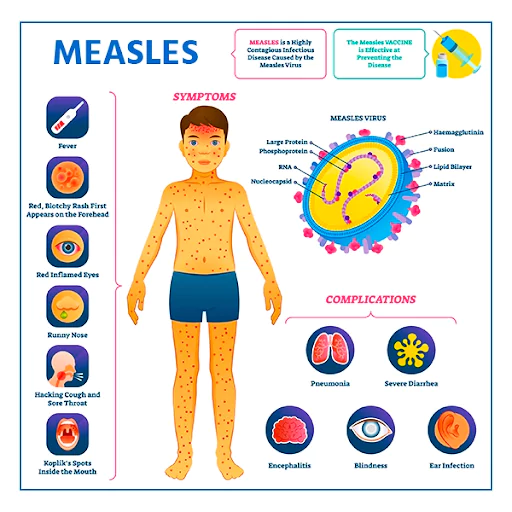
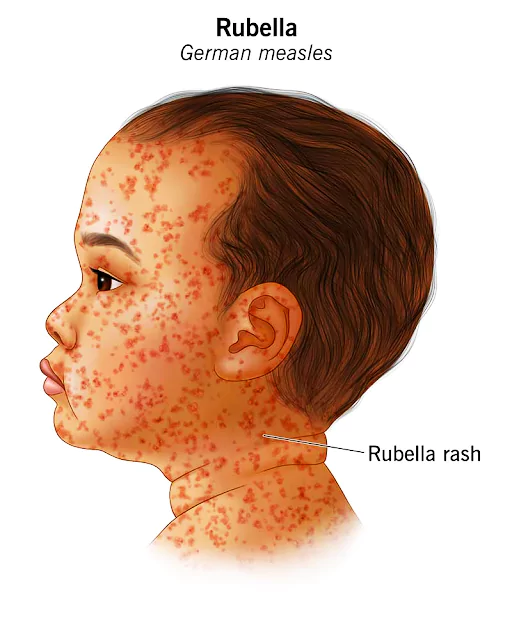
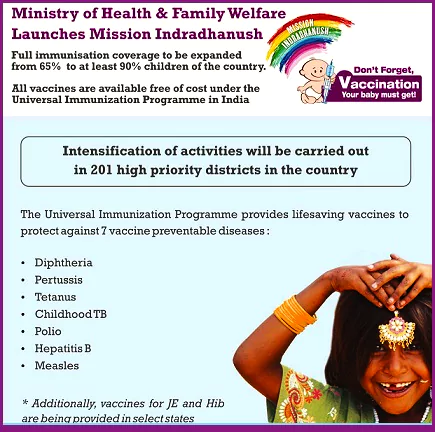
News source: PIB
| Must Read | |
| NCERT Notes For UPSC | UPSC Daily Current Affairs |
| UPSC Blogs | UPSC Daily Editorials |
| Daily Current Affairs Quiz | Daily Main Answer Writing |
| UPSC Mains Previous Year Papers | UPSC Test Series 2024 |
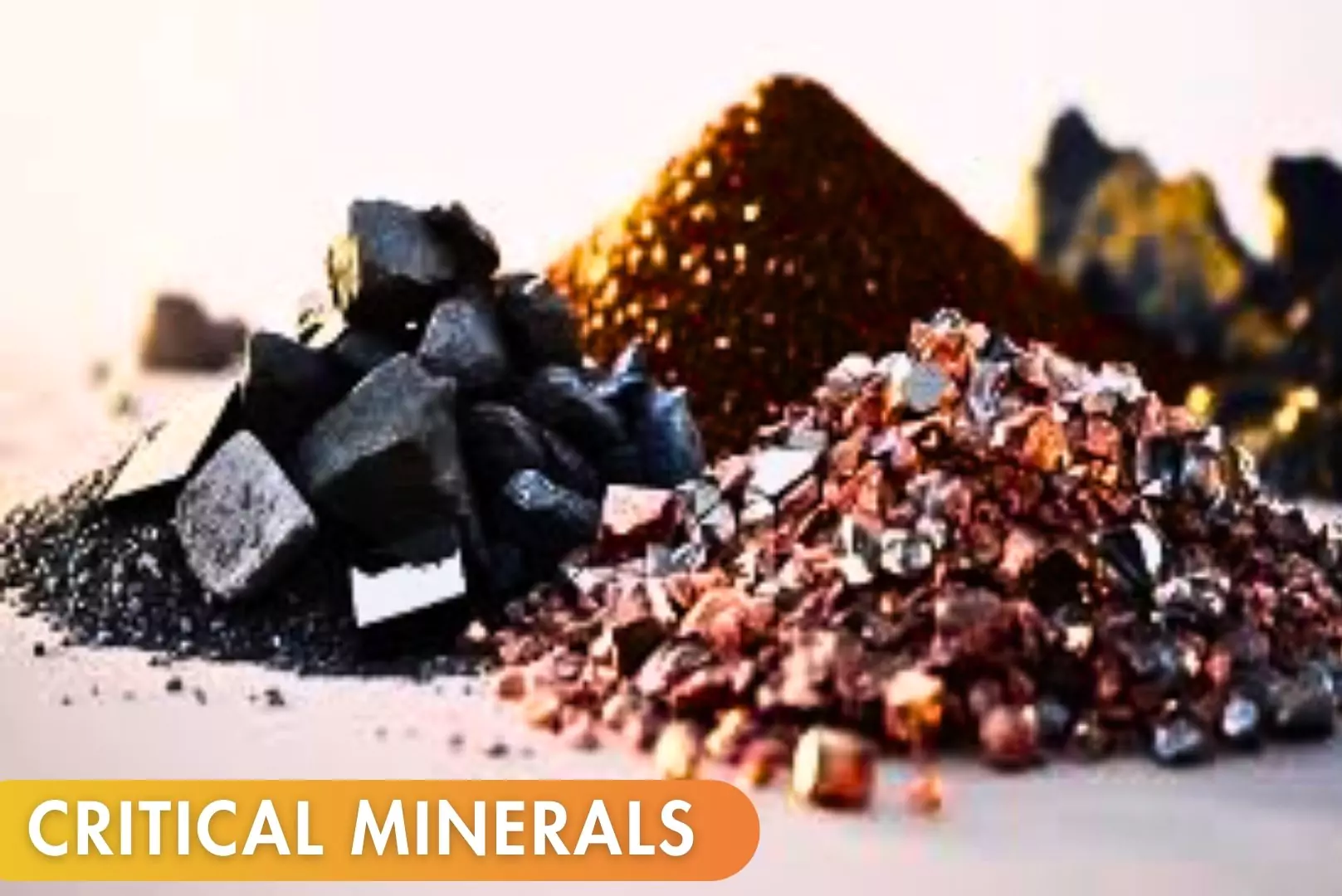
Karnataka and Rajasthan have initiated auctions for exploration licences of critical and deep-seated minerals.
The Mines and Minerals (Regulation and Development) Act (1957)
|
|---|
News Source: Thehindu
| Must Read | |
| NCERT Notes For UPSC | UPSC Daily Current Affairs |
| UPSC Blogs | UPSC Daily Editorials |
| Daily Current Affairs Quiz | Daily Main Answer Writing |
| UPSC Mains Previous Year Papers | UPSC Test Series 2024 |
A widespread coral bleaching event spread over two-thirds of the Great Barrier Reef Marine Park was observed by aerial surveys conducted.
Barrier Reef:
The Great Barrier Reef of Australia:
|
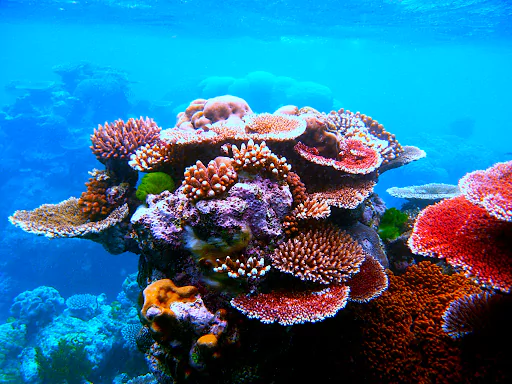
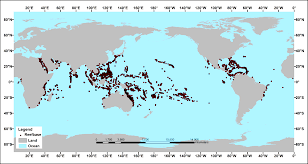 Coral reefs are also called the “rainforests of the sea” as they form some of the most diverse ecosystems on Earth.
Coral reefs are also called the “rainforests of the sea” as they form some of the most diverse ecosystems on Earth.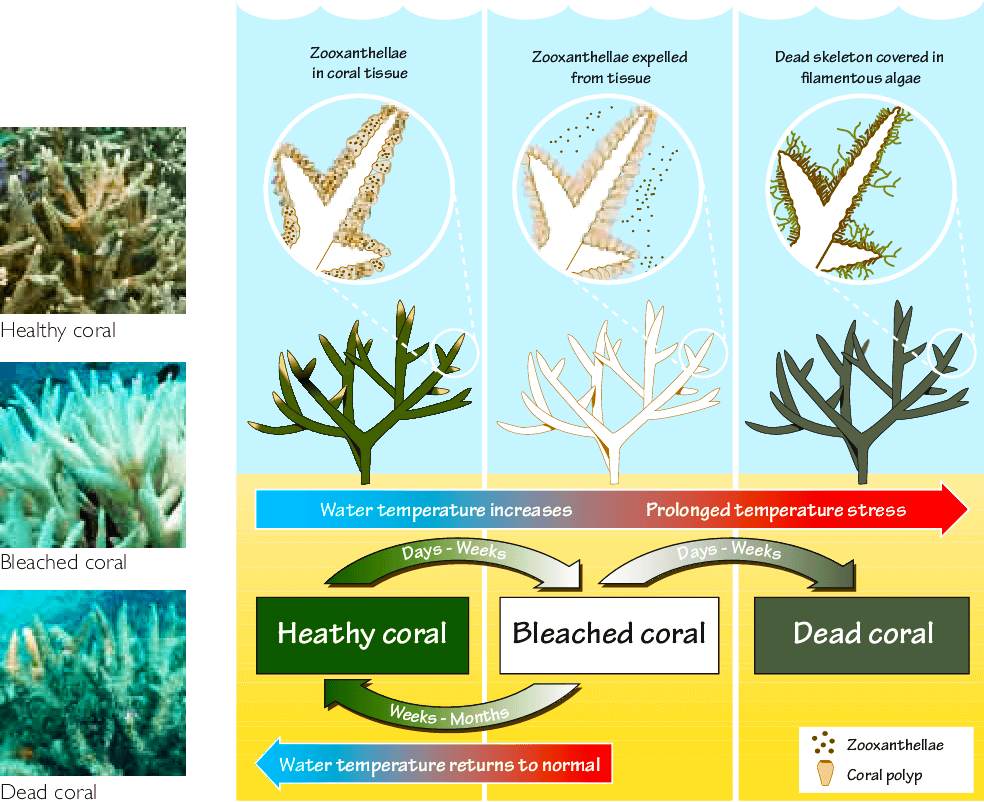 Coral reef bleaching indicates a stress response which enables them to recover, depending on the intensity of heat stress and its duration, however prolonged or intense heat can prove fatal to corals.
Coral reef bleaching indicates a stress response which enables them to recover, depending on the intensity of heat stress and its duration, however prolonged or intense heat can prove fatal to corals.News Source: DTE
| Must Read | |
| NCERT Notes For UPSC | UPSC Daily Current Affairs |
| UPSC Blogs | UPSC Daily Editorials |
| Daily Current Affairs Quiz | Daily Main Answer Writing |
| UPSC Mains Previous Year Papers | UPSC Test Series 2024 |
Recently, A monthly air quality snapshot by the Centre for Research on Energy and Clean Air (CREA) reveals that an industrial town ‘Byrnihat situated in Assam-Meghalaya’s border emerged as the most polluted city in India for February 2024.
The Centre for Research on Energy and Clean Air (CREA) :
|
|---|
National Ambient Air Quality Standards (NAAQS):
|
|---|
National Clean Air Programme (NCAP)
Non-Attainment Cities: These are designated if they consistently fail to meet the National Ambient Air Quality Standards (NAAQS) for fine particulate matter or nitrogen dioxide over a five-year period. Particulate Matter 2.5 :
|
|---|
There is an urgent need for bolstering air quality monitoring in the northeastern states to effectively track and address escalating pollution levels.
News Source : The Hindu
| Must Read | |
| NCERT Notes For UPSC | UPSC Daily Current Affairs |
| UPSC Blogs | UPSC Daily Editorials |
| Daily Current Affairs Quiz | Daily Main Answer Writing |
| UPSC Mains Previous Year Papers | UPSC Test Series 2024 |
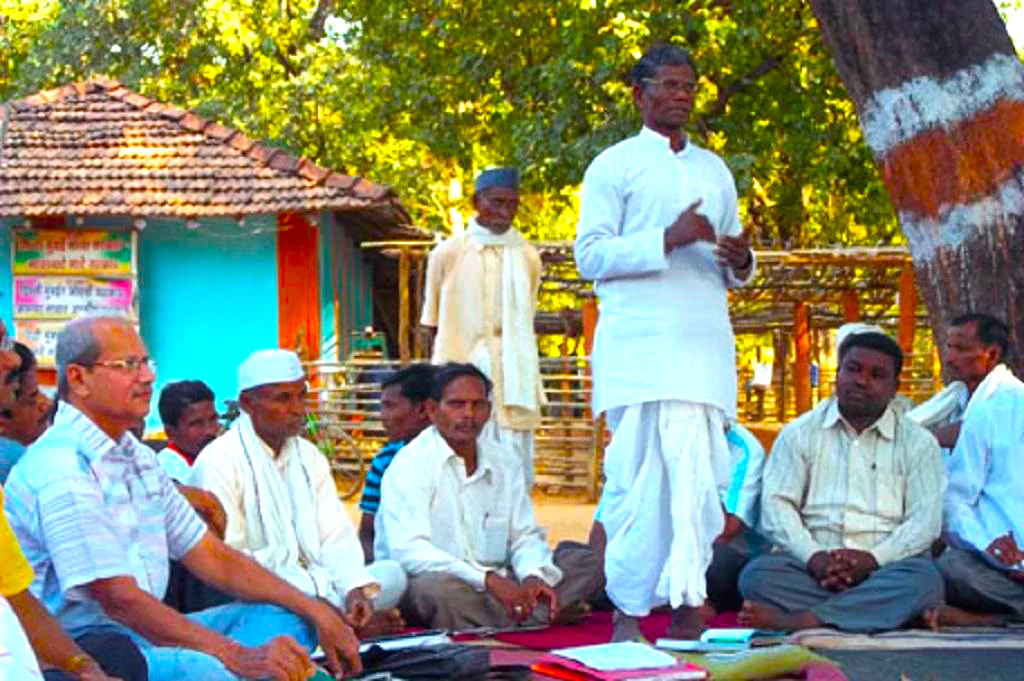
Recently, Mendha village in Gadchiroli district of Maharashtra gets separate Gram Panchayat status under Gramdan Act
Mendha village
|
|---|
The Maharashtra Gramdan Act 1964 :
|
|---|
News Source : DTE
| Must Read | |
| NCERT Notes For UPSC | UPSC Daily Current Affairs |
| UPSC Blogs | UPSC Daily Editorials |
| Daily Current Affairs Quiz | Daily Main Answer Writing |
| UPSC Mains Previous Year Papers | UPSC Test Series 2024 |
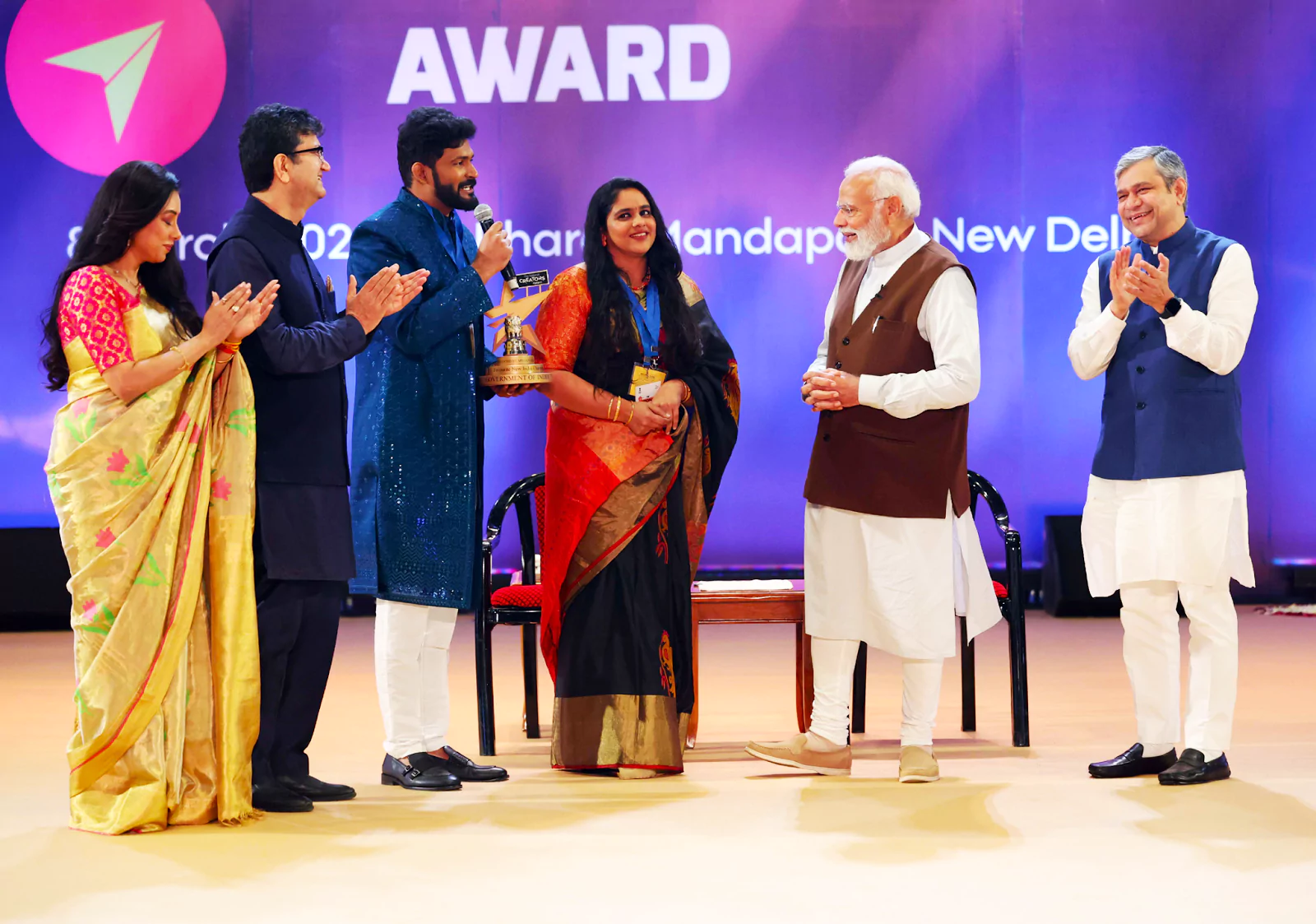
Recently, the Prime Minister awarded the inaugural National Creators Award 2024 at the Bharat Mandapam in New Delhi.
| Name of the Person | Award Category |
| Pankhti Pandey | ‘Green Champion’ category – It recognizes individuals, groups, or projects that show exceptional dedication to protecting the environment and promoting sustainability. |
| Keerthika Govindasamy | ‘Best Storyteller’- It shows appreciation for individuals, groups, or projects that are best storytellers. |
| Singer Maithili Thakur | ‘Cultural Ambassador of the Year award’- This category honours those who promote the culture of their country. |
| Gaurav Chaudhary | ‘Best Creator in Tech Category’- This category recognises creators in technology related fields. |
| Kamiya Jani | ‘Favorite Travel Creator’ – This category celebrates those who showcase the travel destinations creatively. |
| Ranveer Allahbadia. | Disruptor of the Year – This category shows appreciation for those who challenge norms and are at the forefront. |
| Ankit Baiyanpuria | Best Health and Fitness Creator Award – This category recognises those who raise awareness related to health and fitness. |
| Jaya Kishori | Best Creator for Social Change Award – This category recognises those who raise voice for social causes and other positive changes. |
| Kabita Singh (Kabita’s Kitchen) | Best Creator in Food Category Award – This category recognises those who showcase culinary delights, recipes, food culture |
| RJ Raunac (Bauaa) | Most Creative Creator-Male Award – This category recognises those who use creative ideas to present their innovative ideas. |
| Shraddha Jain | Most Creative Creator (Female) Award– This category recognises females who share their perspective creatively, impacting large audiences. |
| Aridaman | Best Micro Creator Award – This category celebrates those creators who are very significant despite having a small follower base. |
| Nishchay | Best Creator in Gaming Category Award – This category recognises those who are Gamers, streamers, and gaming enthusiasts |
| Naman Deshmukh | Best Creator in Education Category Award – This category acknowledges the efforts of those who simplify complex topics and empower learners worldwide. |
| Jahnvi Singh | Heritage Fashion Icon Award – This category appreciates those who preserve and modernise traditional fashion. |
| Malhar Kalambe | Swachhta Ambassador Award – This category acknowledges the work of such individuals and organisations who inspire communities to keep their surroundings clean. |
| Aman Gupta | Celebrity Creator Award – This category recognises those celebrities who interact and engage on social media with their fans. |
| Kiri Paul from Tanzania, Drew Hicks from America,
Cassandra Mae Spittmann from Germany. |
Best International Creator Award – This category recognises those whose impact reaches a global audience. |
News Source: Indianexpress
| Must Read | |
| NCERT Notes For UPSC | UPSC Daily Current Affairs |
| UPSC Blogs | UPSC Daily Editorials |
| Daily Current Affairs Quiz | Daily Main Answer Writing |
| UPSC Mains Previous Year Papers | UPSC Test Series 2024 |
India and the EFTA Countries are likely to sign a long-negotiated bilateral free trade agreement aimed at increasing trade and investment flows, job creation, and economic growth.
What is EFTA – India TEPA?
|
|---|
News Source: The Hindu and EFTA
| Must Read | |
| NCERT Notes For UPSC | UPSC Daily Current Affairs |
| UPSC Blogs | UPSC Daily Editorials |
| Daily Current Affairs Quiz | Daily Main Answer Writing |
| UPSC Mains Previous Year Papers | UPSC Test Series 2024 |
This Article is based on the news “Every village to have agricultural credit societies by 2027, says Amit Shah” which was published in the Indian Express. Central government targets every village to have agricultural credit society by 2047.
| Relevancy for Prelims: Primary Agricultural Credit Societies (PACS), World’s Largest Grain/ Food Storage Plan, Minimum Support Price (MSP), Farmers Protest 2.0, and Union Budget 2024 For Agriculture Sector
Relevancy for Mains: Primary Agricultural Credit Societies in India: Functions, Significance, Challenges, and Way Forward. |
|---|
National Cooperative Database
|
|---|
| Prelims PYQ (2021):
In the context of India’s preparation for ClimateSmart Agriculture, consider the following statements: 1. The ‘Climate-Smart Village’ approach in India is a part of a project led by the Climate Change, Agriculture and Food Security (CCAFS), an international research programme. 2. The project of CCAFS is carried out under Consultative Group on International Agricultural Research (CGIAR) headquartered in France. 3. The International Crops Research Institute for the Semi-Arid Tropics (ICRISAT) in India is one of the CGIAR’s research centres. Which of the statements given above are correct? (a) 1 and 2 only (b) 2 and 3 only (c) 1 and 3 only (d) 1, 2 and 3 Ans: (d) |
|---|
| Must Read | |
| NCERT Notes For UPSC | UPSC Daily Current Affairs |
| UPSC Blogs | UPSC Daily Editorials |
| Daily Current Affairs Quiz | Daily Main Answer Writing |
| UPSC Mains Previous Year Papers | UPSC Test Series 2024 |
This Article is based on the news “Nutritional crisis: India has most ‘zero-food’ children at 6.7 million; third highest prevalance among 92 LMICs” which was published in the DownToEarth. Recently, India has ranked poor in a study calculating the prevalence of Zero Food Children across 92 low- and middle-income countries (LMIC).
| Relevancy for Prelims: Food Security, Nutrition Security, World Food India 2023, State Of Food And Agriculture Report 2023, Farm And Food Policy Shift, and Malnutrition In India.
Relevancy for Mains: Nutritional Security in India: Current Status, Challenges, Government Initiatives, and Way Forward. |
|---|
Zero Food Children
|
|---|
Recommended calorie intake according to World Health Organisation (WHO):
|
|---|
Steps Taken by the Government to Improve Nutritional Security in India
|
|---|
| Prelims PYQ (2017):
Which of the following are the objectives of ‘National Nutrition Mission’? 1. To create awareness relating to malnutrition among pregnant women and lactating mothers. 2. To reduce the incidence of anaemia among young children, adolescent girls and women. 3. To promote the consumption of millets, coarse cereals and unpolished rice. 4. To promote the consumption of poultry eggs. Select the correct answer using the code given below: (a) 1 and 2 only (b) 1, 2 and 3 only (c) 1, 2 and 4 only (d) 3 and 4 only Ans: (a) |
|---|
| Must Read | |
| NCERT Notes For UPSC | UPSC Daily Current Affairs |
| UPSC Blogs | UPSC Daily Editorials |
| Daily Current Affairs Quiz | Daily Main Answer Writing |
| UPSC Mains Previous Year Papers | UPSC Test Series 2024 |
Union Cabinet Approves National Sports Policy 2025...
What are Altermagnets? A Breakthrough in Magnetism...
India’s 7-Point Strategy for Sustainable Gro...
Cabinet Approves Employment Linked Incentive Schem...
INS Udaygiri Delivered Under Project 17A to Indian...
SC Issues Implemented Reservation Roster for SC/ST...
<div class="new-fform">
</div>